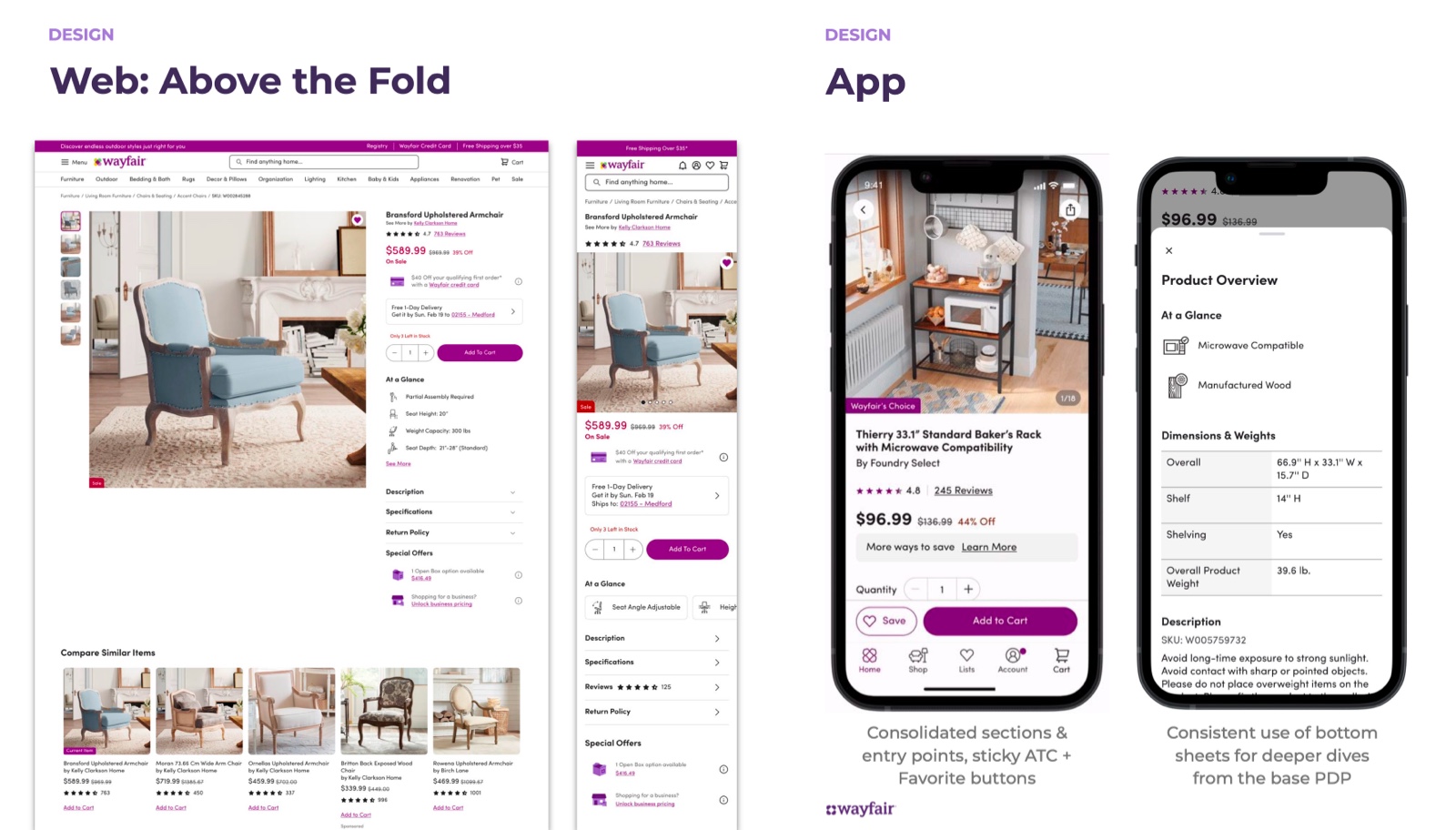
“This was the highest-priority initiative in the company. We built the foundation for Wayfair’s future.”
Wayfair needed to replatform its entire customer journey experience across five brands and four international markets. This affected billions in revenue and traffic. When I joined, only 22 percent of journeys had started migration, goals were unmet, and coordination was breaking down.
My Role:
As Senior Technical CX Program Manager, I led the program across Web and App from strategy through delivery. I coordinated 35+ teams and 200+ contributors, implemented the program structure, visualized progress, managed risk, and introduced GenAI-powered reporting.
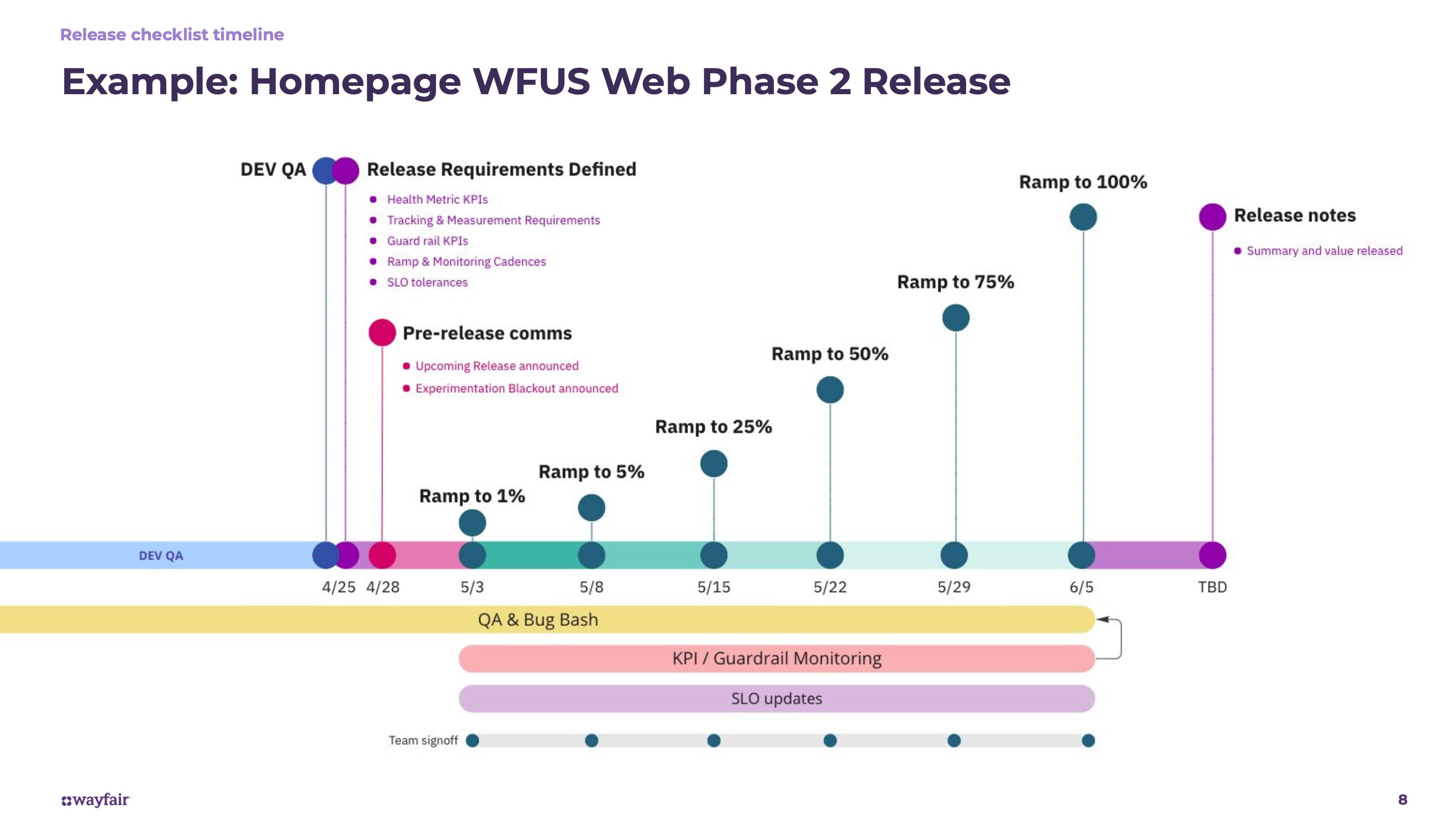
The program had major gaps:
Failure would have compromised the platform foundation for customer experience at Wayfair. My goal was to stabilize, realign, and deliver.
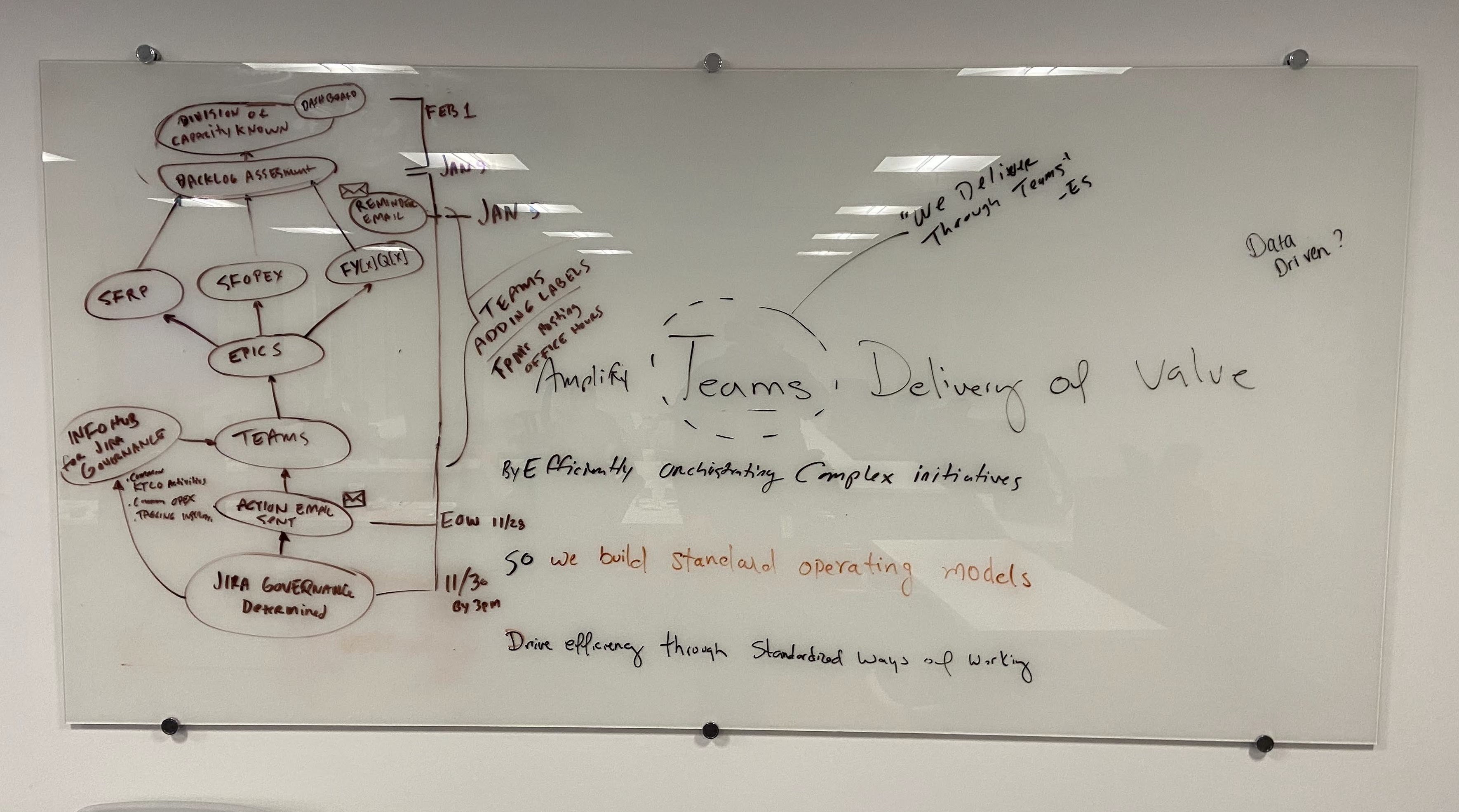
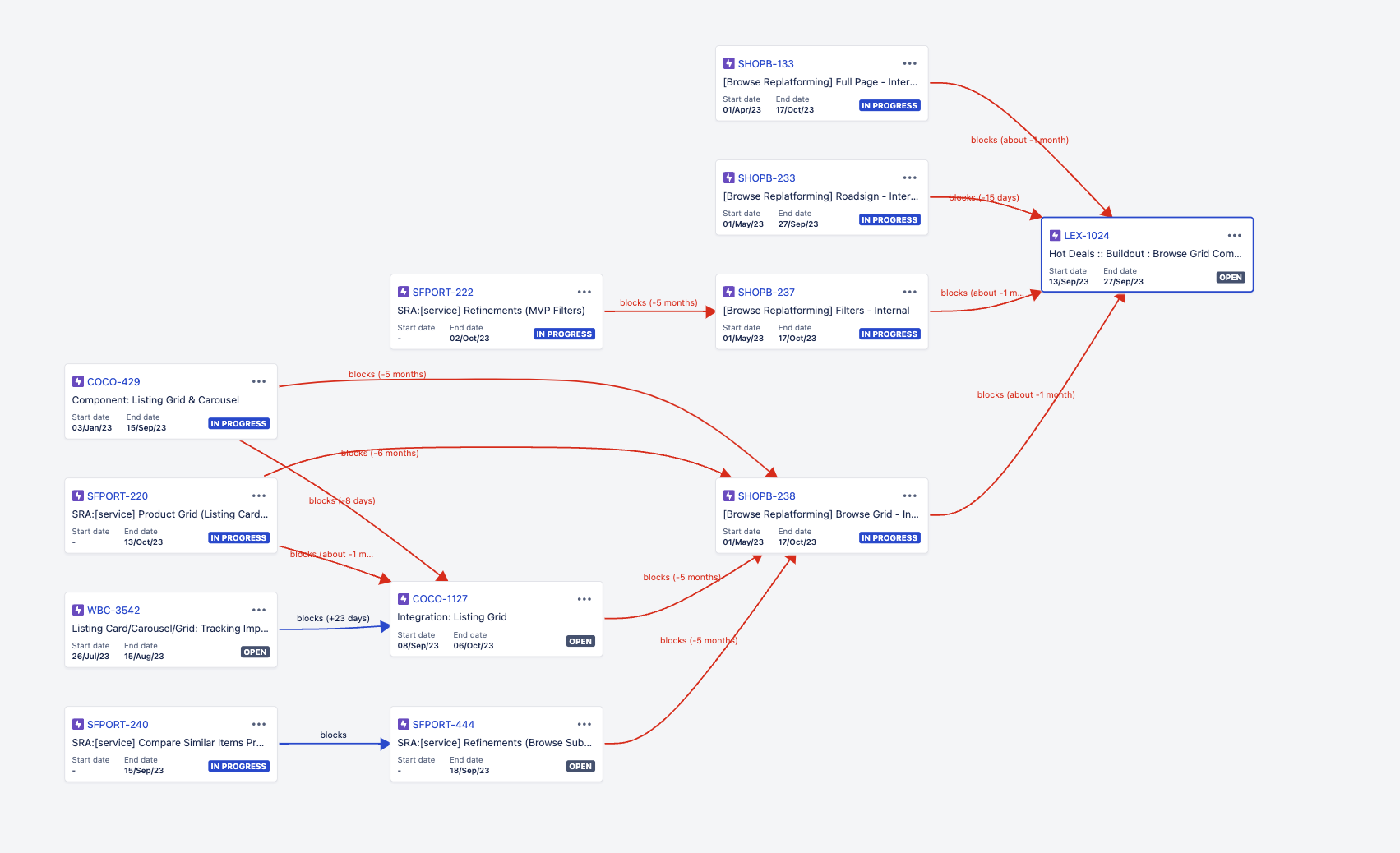
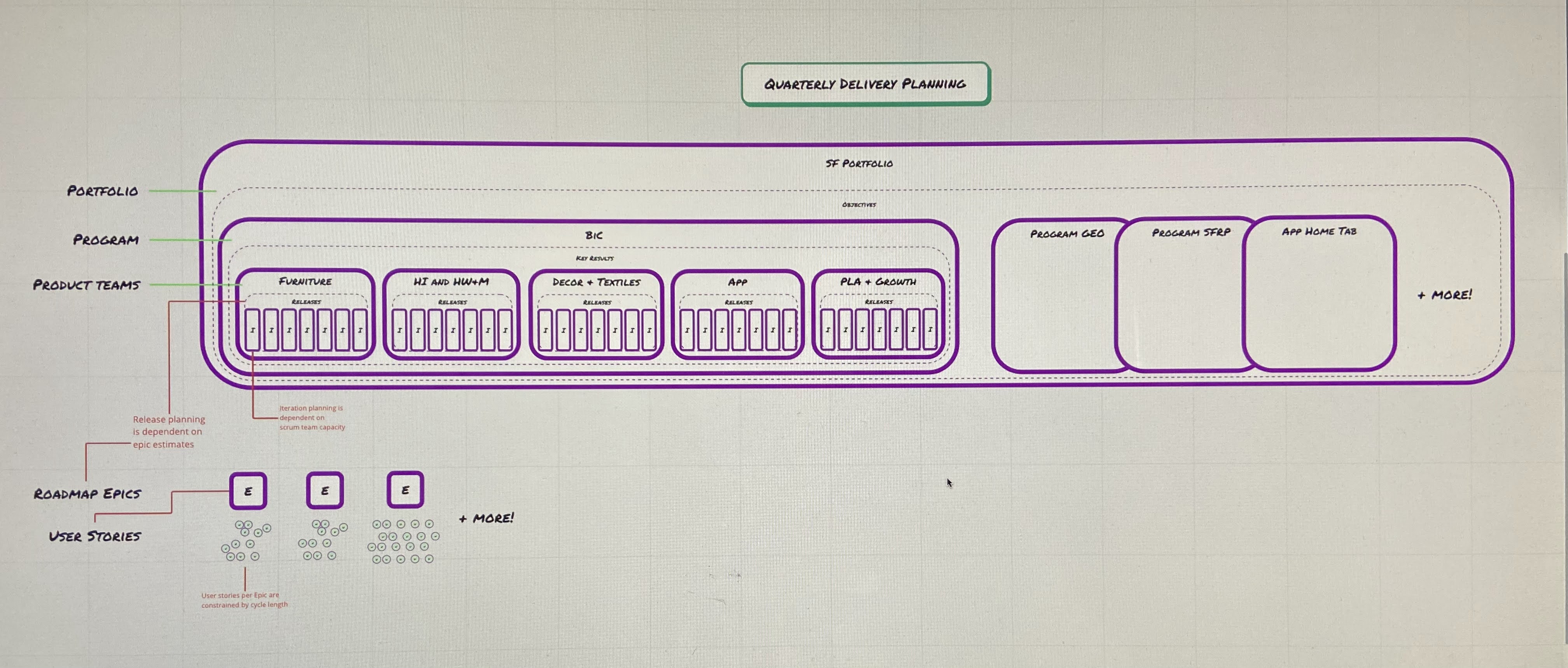
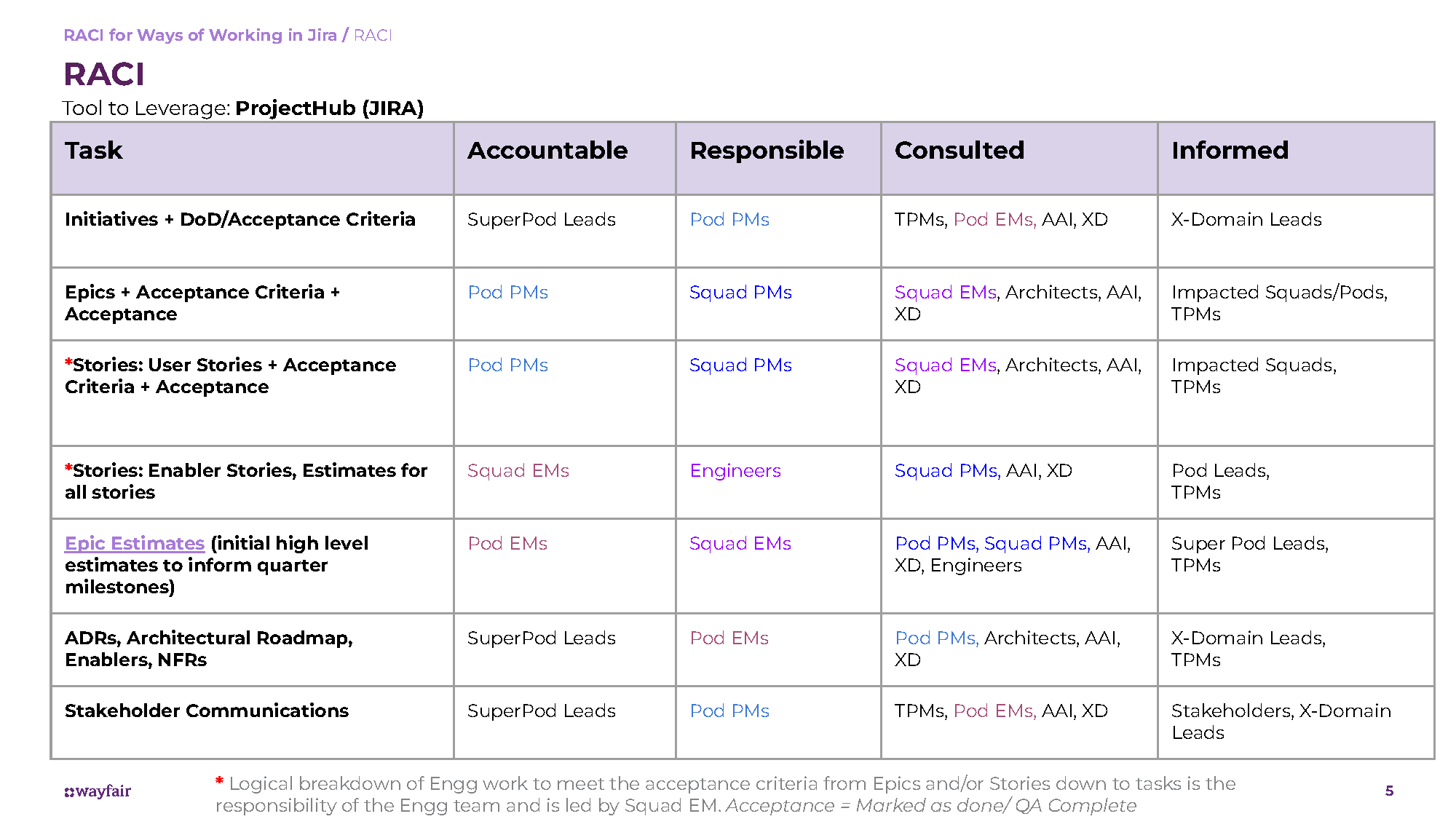
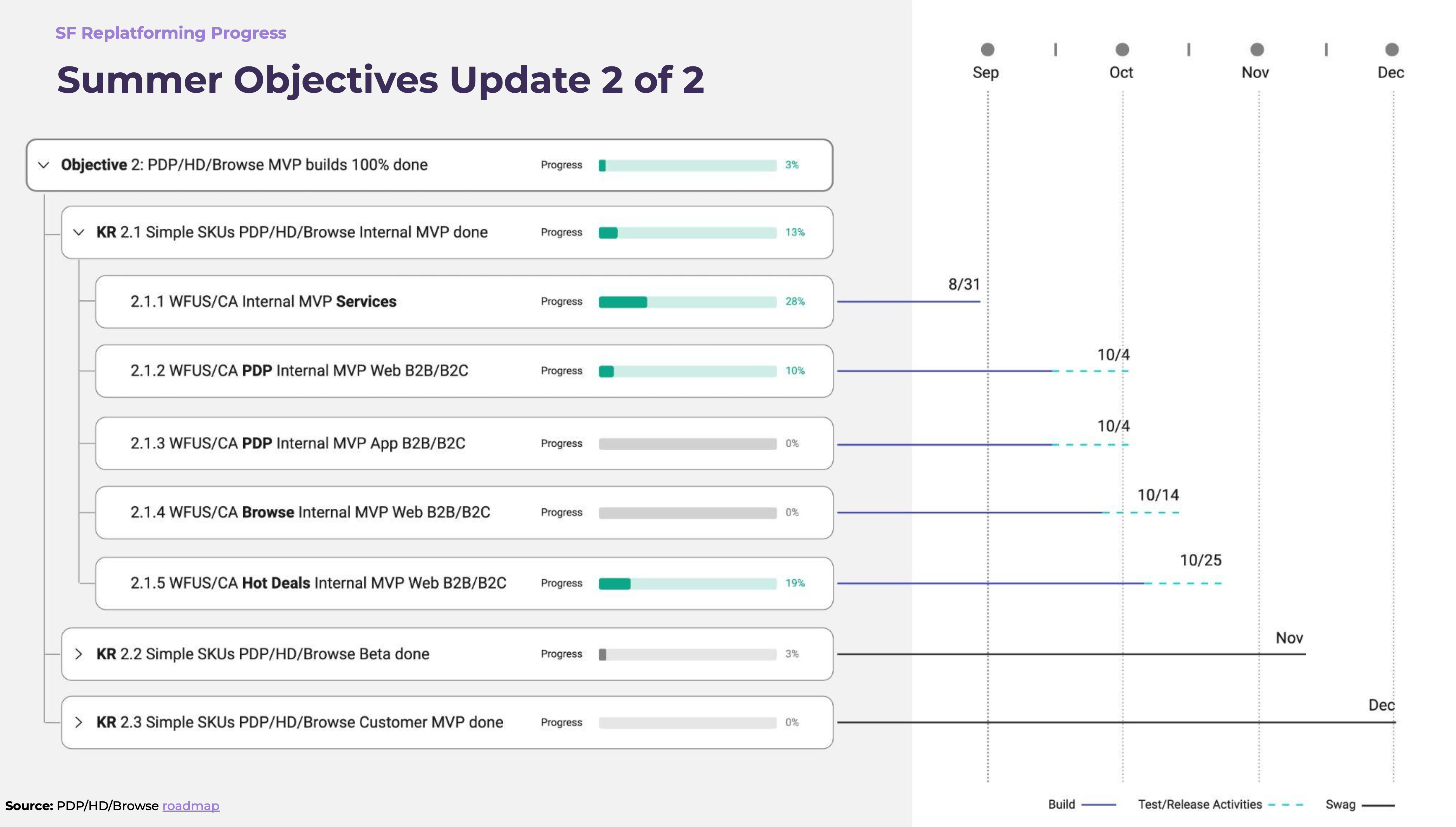
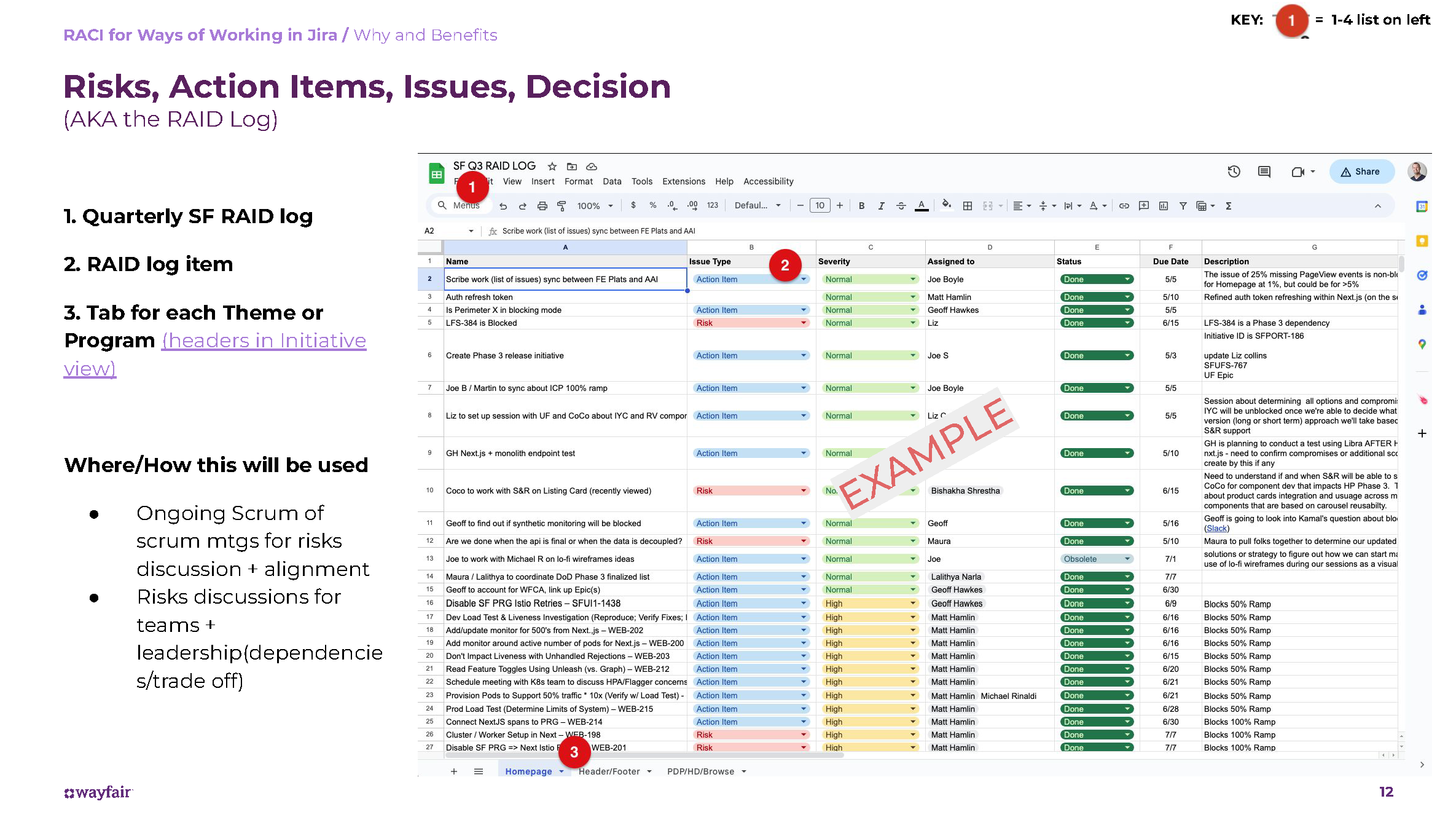
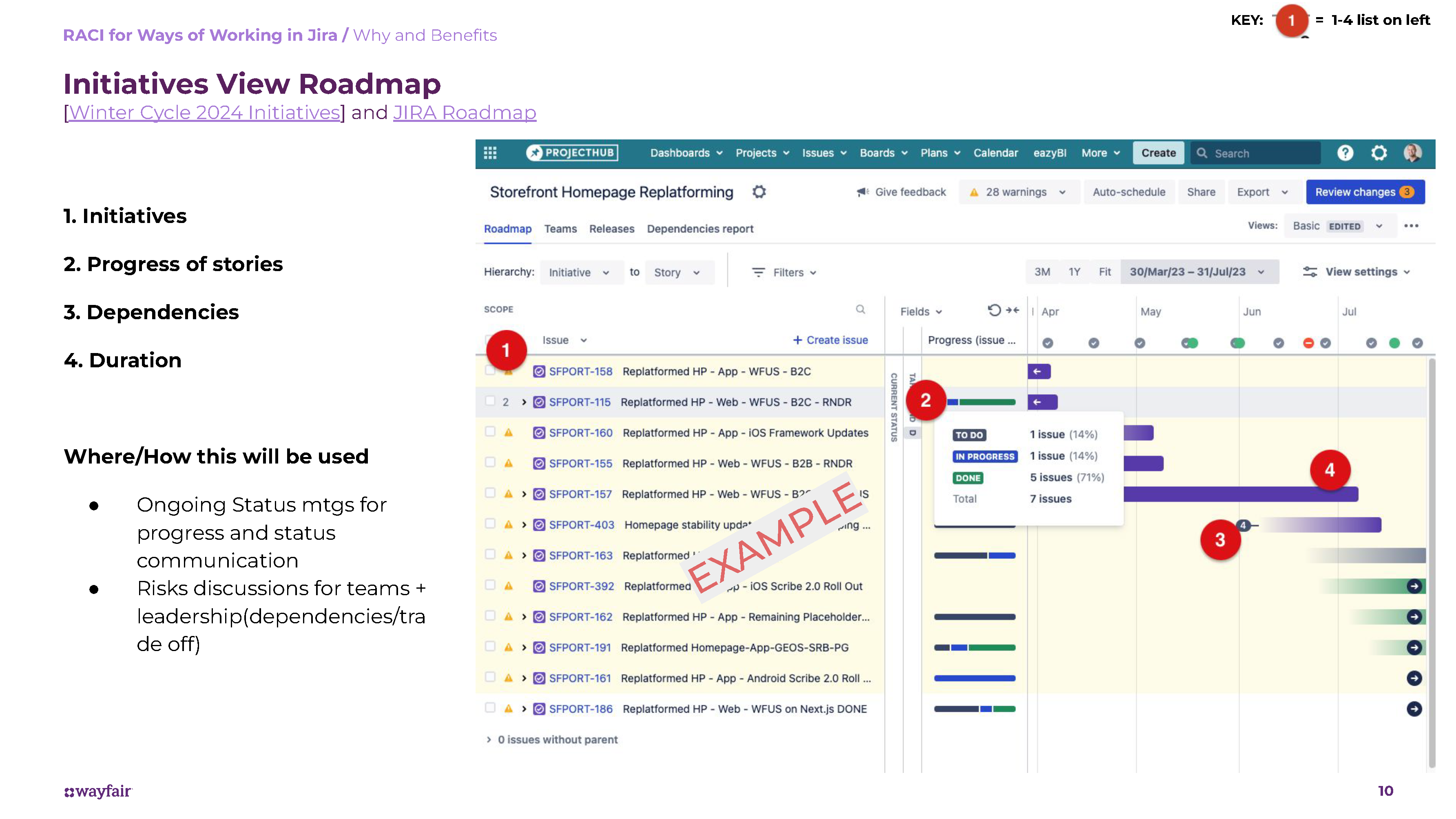
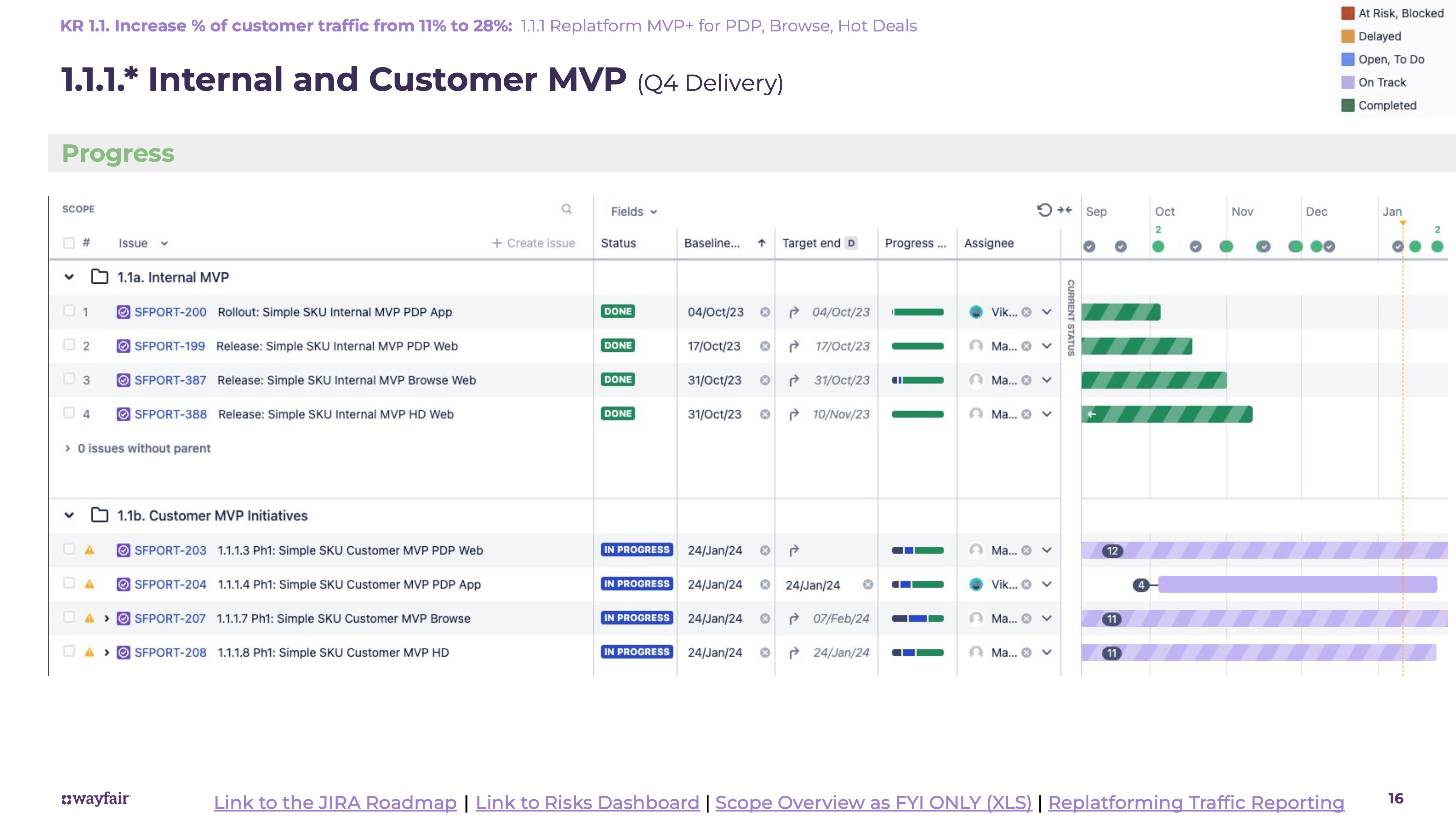
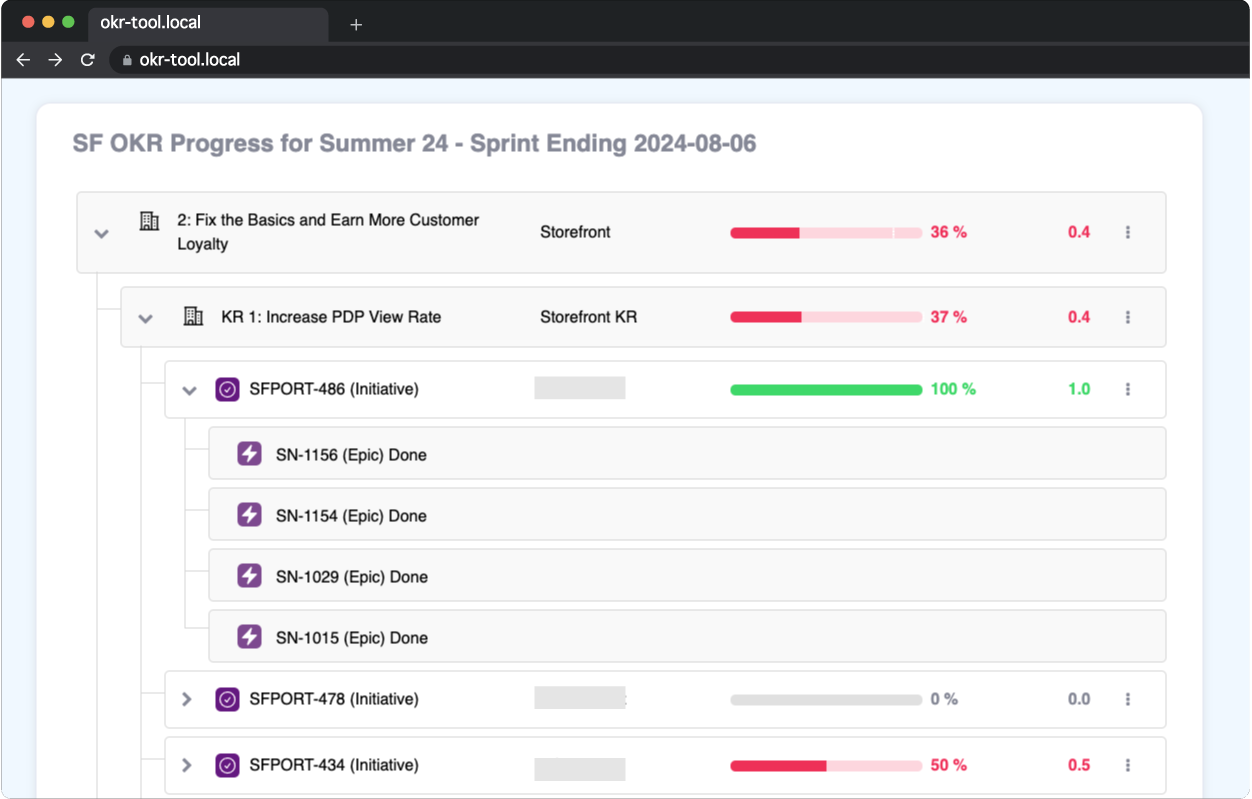
I built Wayfair’s first GenAI program reporting system:
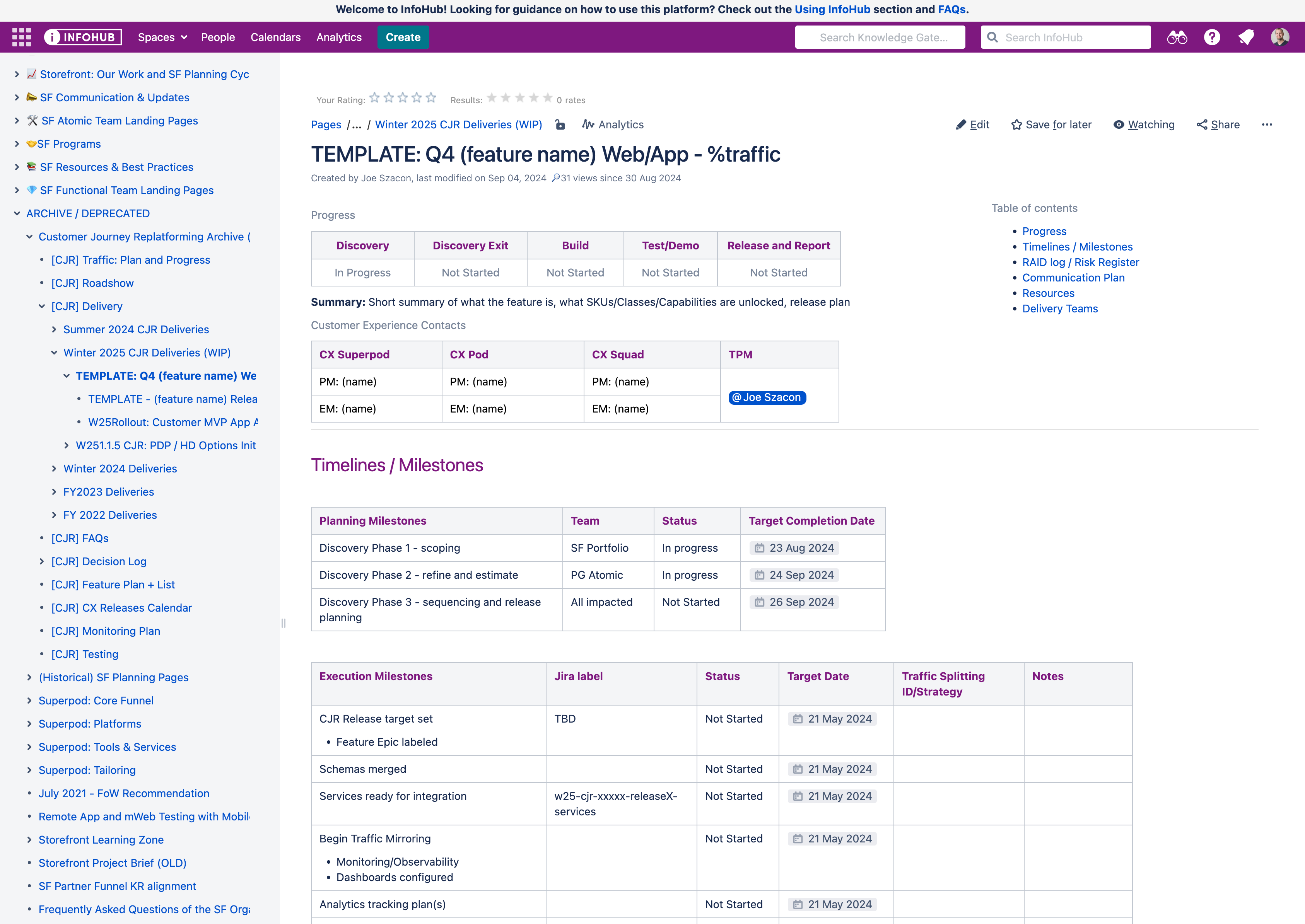
The coordinated strategy I implemented resulted in:

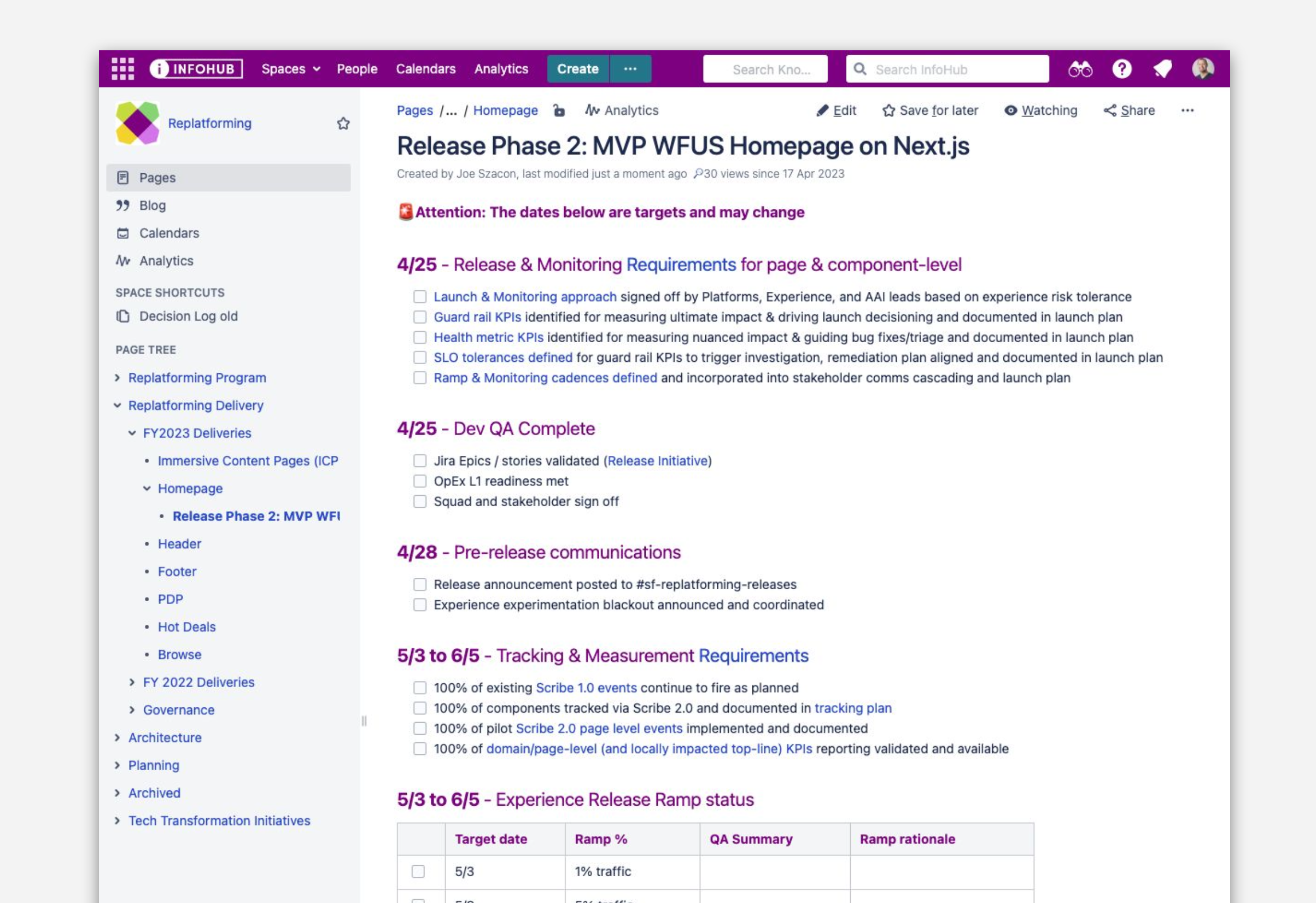
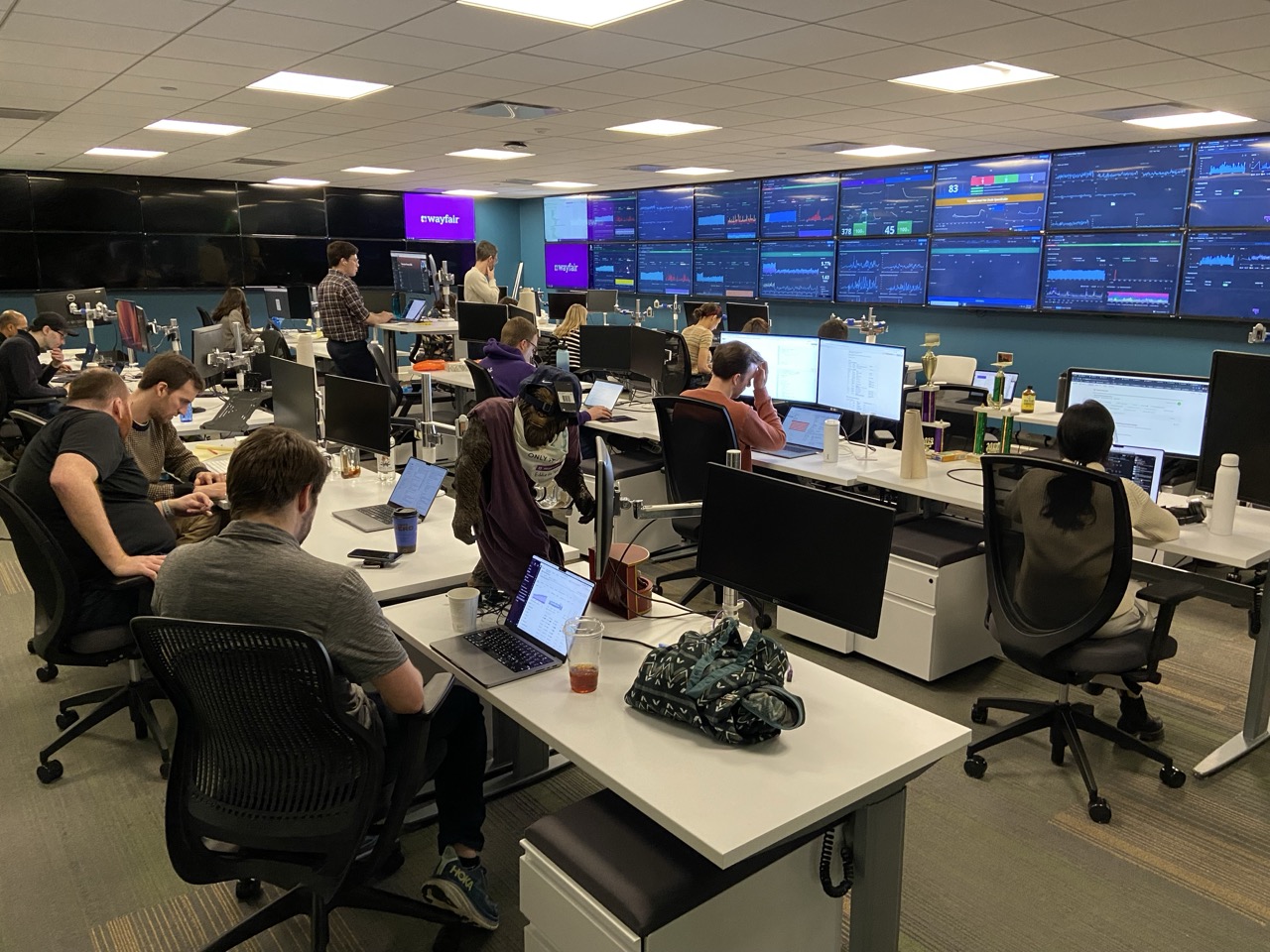
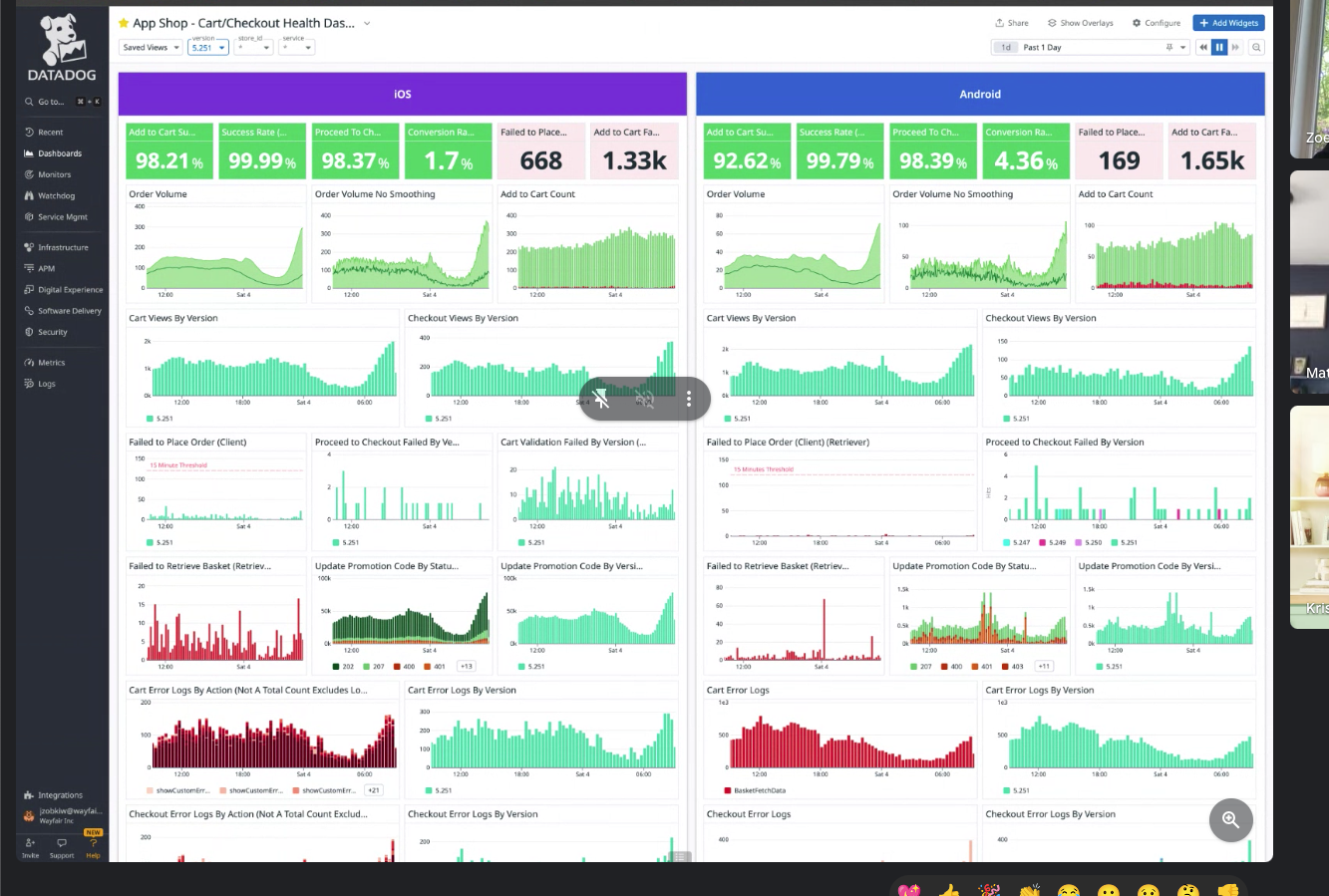
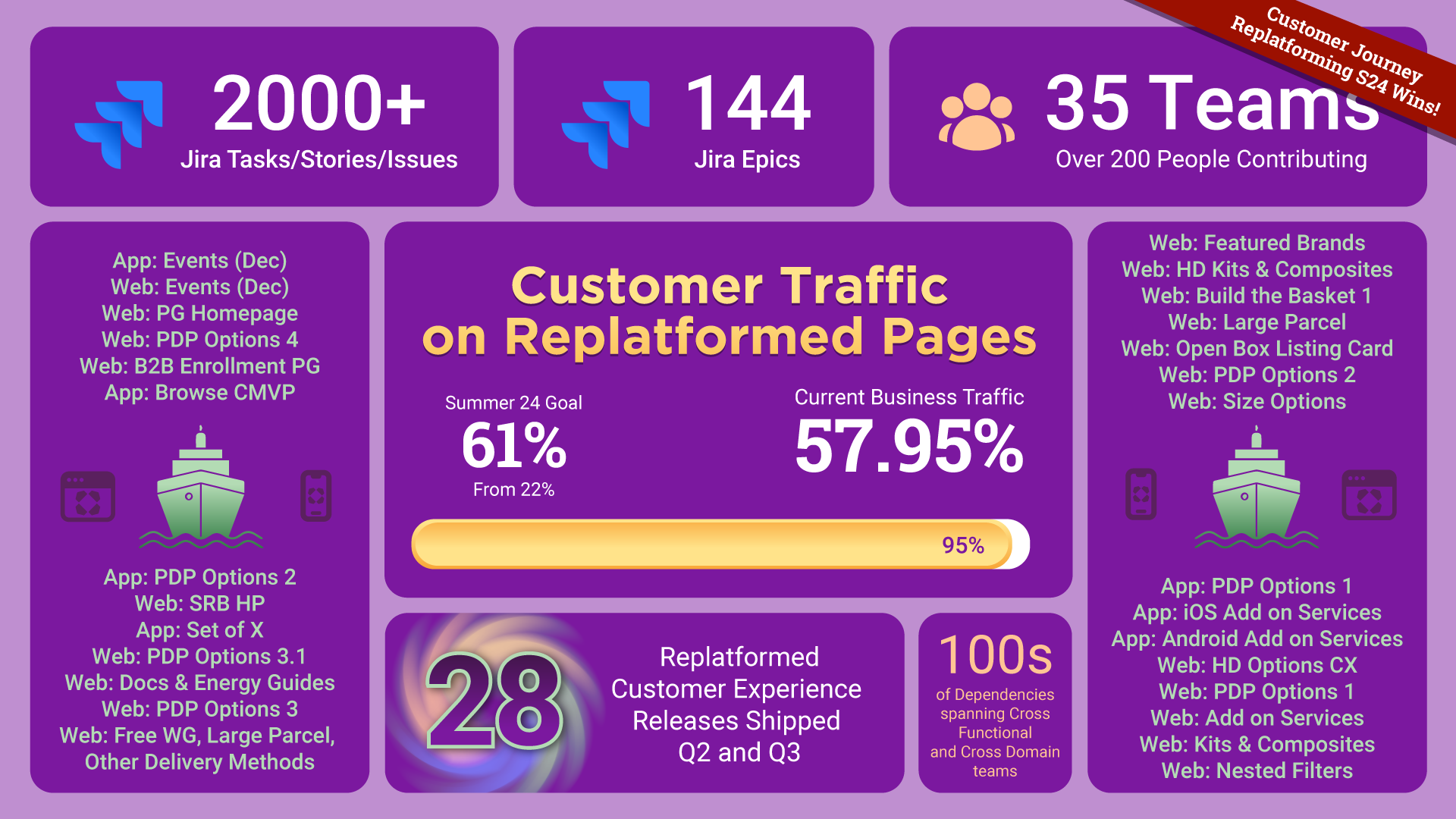
Visibility drives velocity
Transparent progress tracking unlocks productivity
Empathy enables leadership
Understanding constraints makes change sustainable
Structure supports creativity
A shared framework frees teams to do great work
AI unlocks insight at scale
GenAI reporting changed the speed and quality of decision-making
Integration is harder than implementation
Culture and coordination take more effort than code
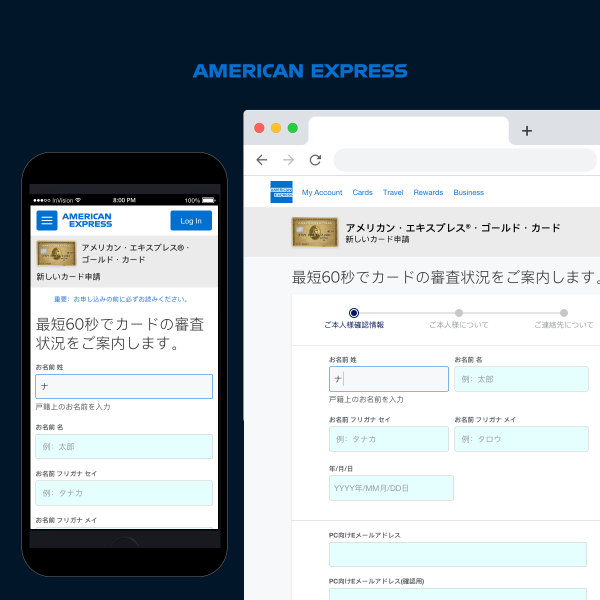
Redesigning Global Card Applications, Driving 1.2M+ Adoptions
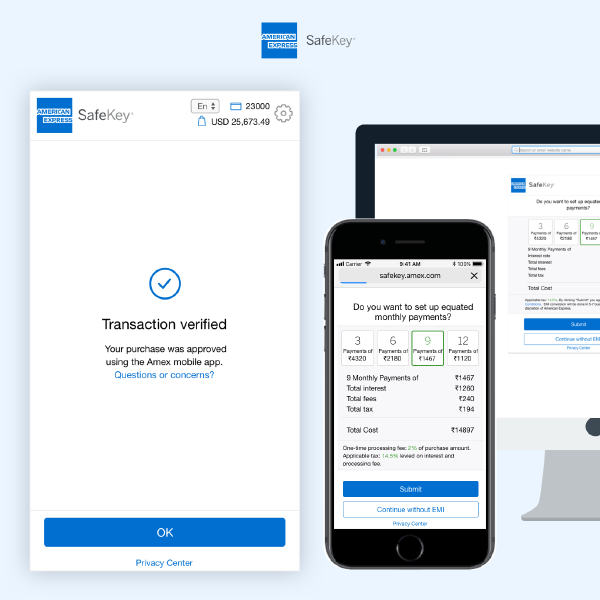
Reducing Checkout Abandonment by 70% While Enhancing Security

Redesigning Video Analysis for 4M+ Users Worldwide
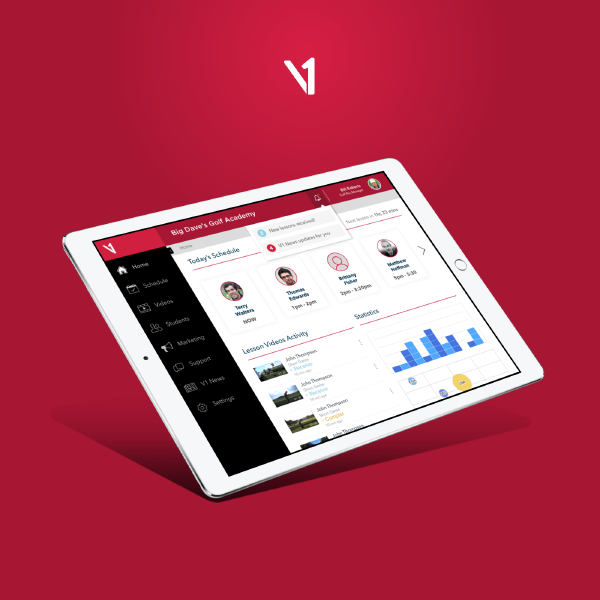
Transforming Client Management for Golf Professionals
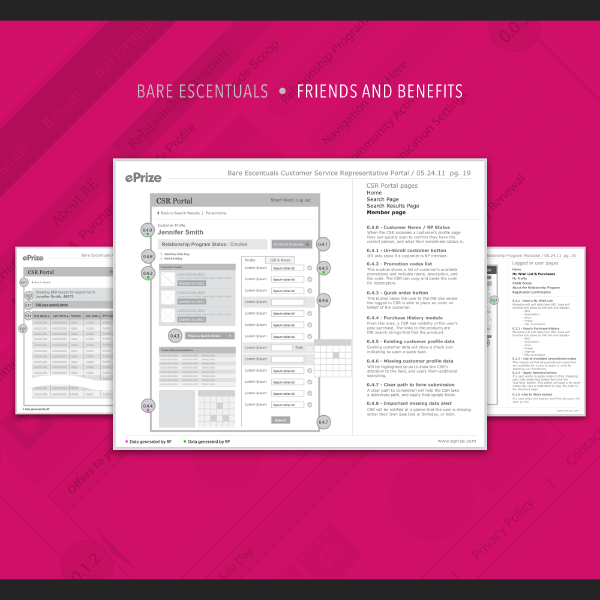
Designing a 13-Year Running Multi-Channel Customer Experience